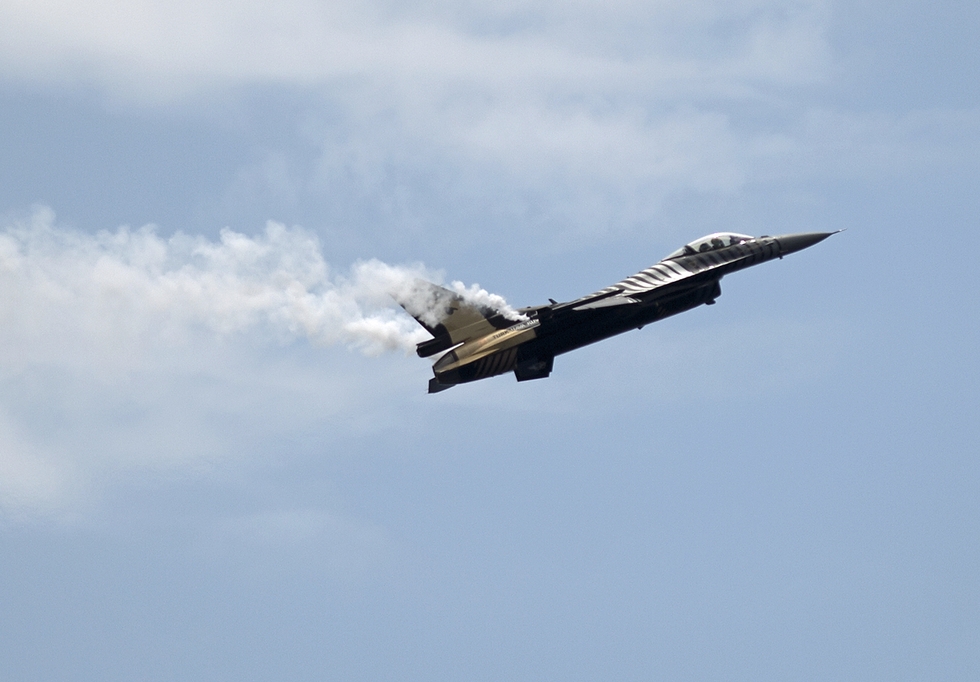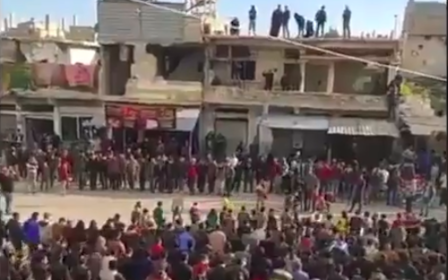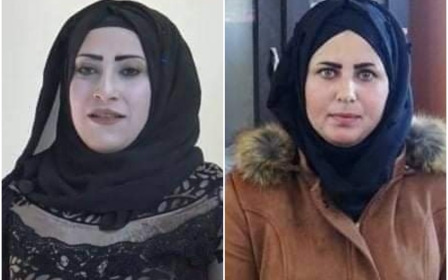First reported Turkish air strikes on Kurdish zone in Syria in 17 months

The Turkish air force conducted its first strikes in 17 months against a zone in north Syria held by Kurdish militia on Saturday night, according to a UK-based activist group.
"A Turkish fighter jet has struck military positions of Syrian Democratic Forces (SDF) in Saida village in Ain Issa countryside... which caused loud explosions," the Syrian Observatory for Human Rights said.
This was the first aerial raid since "Operation Peace Spring," it added, referring to an October 2019 military campaign launched by Ankara and its Syrian allies against the SDF in northern Syria.
That operation, interrupted after two accords negotiated by Ankara with first Washington and then Moscow, allowed Turkey to to take control of a "safe zone" inside Syria around 120km long and 32km deep.
The village of Ain Issa, however, remained in the hands of Kurdish forces.
The air strikes came the same day as "violent clashes" and "intensive rocket fire" on the front lines of Ain Issa district between SDF forces and Turkish-backed factions, the Observatory said, adding there had been confirmed casualties.
"Clashes between the two sides have been going on for the last 24 hours... Turkish forces have had difficulty advancing since the SDF destroyed a Turkish tank," Observatory director Rami Abdurrahman told AFP.
The Syrian Kurdish-led People's Protection Units, which form a vital component of the SDF, are considered by Turkey to be a "terrorist offshoot" of the outlawed Kurdistan Workers' Party (PKK).
But they have also been a key ally to the United States and others in the battle against Islamic State in Syria.
Middle East Eye propose une couverture et une analyse indépendantes et incomparables du Moyen-Orient, de l’Afrique du Nord et d’autres régions du monde. Pour en savoir plus sur la reprise de ce contenu et les frais qui s’appliquent, veuillez remplir ce formulaire [en anglais]. Pour en savoir plus sur MEE, cliquez ici [en anglais].




